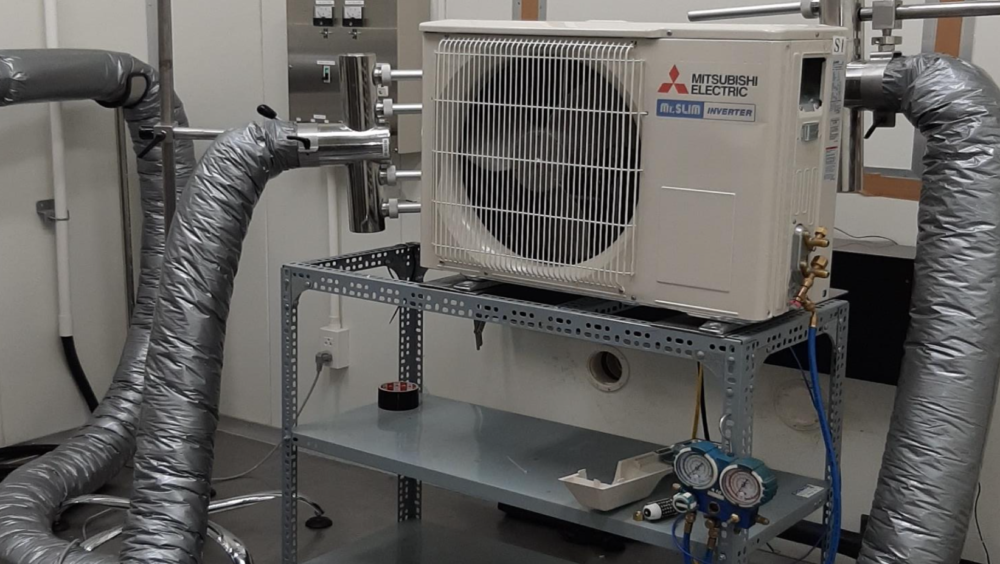2019 eceee Summer Study – Development and evaluation of a novel test method for digital signage displays
Summary
Download Report
Fill out the form below to activate file downloads
Digital signage displays, commonly known as Public Information Displays (PID), are a rapidly expanding energy-using product across Europe and around the world. They are found in increasing numbers in public spaces like train stations and shopping malls; and are projected to grow by nearly 20% between 2017 and 2021, with a steady trend towards increasingly larger screens.
The European Commission’s draft electronic displays regulation published in October 2018 proposes to establish an A to G energy label for these displays, helping procurement officers, retailers and specifiers to differentiate between products on the market. This new energy label needs a test method designed specifically for PID so the scale is indicative of product performance.
A comprehensive test method for measuring and comparing the energy performance of PID was developed, using dynamic video and static test patterns, providing accurate, quantifiable measurements of peak brightness, on-mode energy use and automatic brightness control characteristics. The test method reflects cooperative input from industry design engineers and will be presented to the relevant CENELEC and IEC standardisation working groups. The design and characteristics of the new test method are presented, offering a test methodology that is representative of how PID operate in the field.
This new test method is applied to a representative cross-section of products from the major manufacturers responsible for more than half the world PID market. The anonymised test results are presented in the paper, providing the relative ranking of this representative sample of 2018/2019 PID available in Europe. The paper also provides guidance on future test methodology for new trends in, modular, hybrid reflective/transmissive and transparent PID.
This paper is authored by CLASP experts Michael Scholand and Marie Baton, Steve Fernandes of Intertek, and Robert Harrison of Robert Harrison Associates Ltd. The paper was originally published in the eceee 2019 Summer Study proceedings: Is efficient sufficient?









